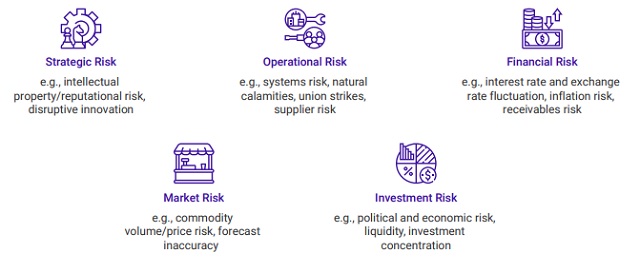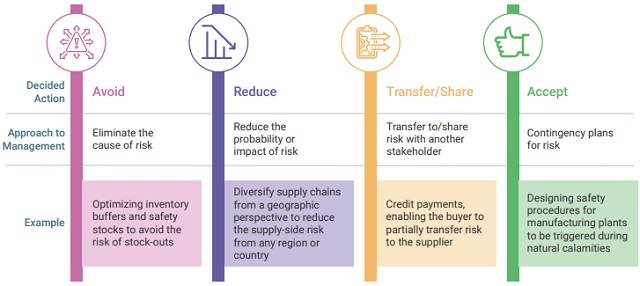This article is the last in a series of three articles that examine the impact of COVID-19 on Supply Chains. The first article, titled 'Responding with Resilience – the Indian Pharma Sector', used the example of India's pharma sector to explain the crisis, the challenges that emerged, and the industry's short-term response, while Part 2 outlined the 'Learnings from the Crisis for Supply Chain Management'.
As businesses recover from the difficulties posed by the pandemic, they are working on planning the roadmap for the future. The pandemic has set back growth and development goals significantly, bringing forth a 'new normal' for businesses. The future may not be visualized clearly yet, but certain emerging trends that will characterize the new normal in the post-pandemic era are clear.
The primary objective, now, for supply chains across the world is to build resilience and flexibility. Keeping this in mind, the horizon for business decisions needs to be extended beyond short term financial goals. Businesses need to review vulnerabilities that cost dearly in times of uncertainty, and Corporate Management teams need to identify metrics to track these risks.
For comprehensive risk management, businesses need to look at their current supply chain network (including suppliers, transporters, distributors, etc.) to identify cases of over-dependence and under-utilization. The strategy to hedge risks may include the reorganization of business networks and internal functions. This may also involve additional investments, costs which then need to be adjusted with other cost centers. Hence, a comprehensive and robust strategy is required for sustainable growth.
In this article, we outline certain strategies and trends aimed at helping supply chain leaders gear up for the 'new normal'.
Health Check and Risk Assessment
A 'Health Check' is a highly useful mechanism to review a function and quickly identify risks that have a cascading impact on supply chains. The deep-dive analysis helps delineate events or drivers that can cause demand and supply disruptions (like adverse global, economic, and political events, changes in exchange rates, tariffs, weather impacts, etc.). Companies must identify the range of risks that pertain to and potentially impact their business model.

Figure 1: Illustrative Categorization of Enterprise-wide Risks
Risk Classification
The risk management strategy is a pivotal part of enterprise management and corporate strategic planning. To better assign the responsibility of mitigation to the concerned functions and stakeholders, risks can be categorized as highlighted in Figure 1. These risk drivers may vary from organization to organization.
Quantify and Benchmark Risks
After the risk drivers are identified, the evaluator can assign quantitative measures to the probability and impact of occurrence to compare and benchmark risk. This can be done using an analysis of past performance outliers or business disruptions as a starting point. It is also imperative to understand the macro and micro-economic scenarios affecting the probability and impact of disruption drivers.
Leaders responsible for risk mitigation need to monitor a range of global events to be able to visualize disruptions possible in the short- to long-term horizon.
Define Response Plan
Organizations can then categorize risks in the following four areas depending upon the severity and probability of risks :

Figure 2: Risk Management Strategies Customized to Possible Impact
The response to a risk type depends upon the organization's overall risk appetite. Organizations should embed risk evaluation in all decision-making processes.
The recent experience strongly points towards the gap and need to plan and monitor low-probability, and high impact risks more comprehensively.
To read the full article click here
The content of this article is intended to provide a general guide to the subject matter. Specialist advice should be sought about your specific circumstances.
